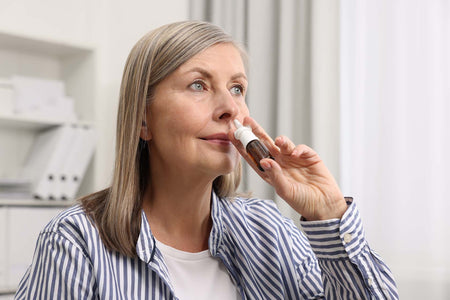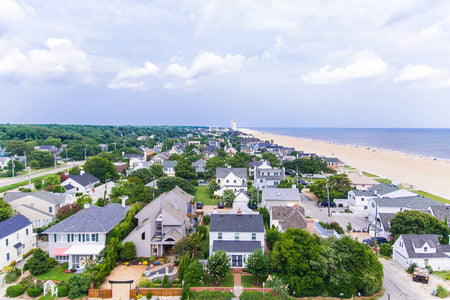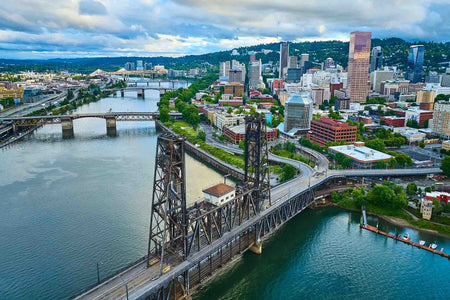Air Quality Index in Los Angeles, CA
Los Angeles is a sprawling metropolis known for its entertainment industry, cultural diversity, and iconic landmarks. However, the city's air quality index often fluctuates due to its high population density, heavy traffic, and industrial activity. Additionally, its basin geography, surrounded by mountains, can trap pollutants, leading to smog formation. While air quality in Los Angeles has improved significantly over the years due to stricter regulations, challenges like ozone and particulate matter persist, particularly during warmer months.
Air Quality Index
February 15, 2025Members of sensitive groups, such as children, the elderly, and individuals with respiratory conditions, may experience adverse health effects. The general population is less likely to be affected.
Air Quality Index
February 16, 2025Everyone may begin to experience health effects, and sensitive groups may face more serious issues.
Air Quality Index
February 17, 2025Members of sensitive groups, such as children, the elderly, and individuals with respiratory conditions, may experience adverse health effects. The general population is less likely to be affected.
Air Quality Index
February 18, 2025Members of sensitive groups, such as children, the elderly, and individuals with respiratory conditions, may experience adverse health effects. The general population is less likely to be affected.
Air Quality Index
February 19, 2025Members of sensitive groups, such as children, the elderly, and individuals with respiratory conditions, may experience adverse health effects. The general population is less likely to be affected.
Air Quality Index
February 20, 2025Everyone may begin to experience health effects, and sensitive groups may face more serious issues.
5-Day Air Quality Index Forecast in Los Angeles, CA
Nitrogen dioxide is a reddish-brown gas formed primarily from the combustion of fossil fuels, especially from vehicles, power plants, and industrial processes.
Ozone is a gas composed of three oxygen atoms, formed in the atmosphere through chemical reactions between volatile organic compounds (VOCs) and nitrogen oxides (NOₓ) in the presence of sunlight.
PM2.5 refers to airborne particles with a diameter of 2.5 micrometers or smaller, consisting of various components like dust, soot, and liquid droplets, often originating from combustion and chemical reactions in the atmosphere.
M10 refers to particulate matter with a diameter of 10 micrometers or smaller, typically including dust, pollen, and mold spores, originating from construction, road dust, and natural sources.
Tips to Protect Yourself from Unhealthy Air Quality in Los Angeles, CA

Avoid outdoor activities, especially during peak pollution times, such as late afternoons when ozone levels are higher.

When outdoor exposure is unavoidable, wear a high-quality N95 or similar mask to reduce inhalation of particulate matter (PM2.5).

Avoid high-traffic areas and major highways during rush hours, as pollution tends to be more concentrated in these zones.
FAQ
Frequently Asked Questions-
What factors affect the air quality in Los Angeles?
Los Angeles' air quality is influenced by vehicle emissions, industrial activities, and port operations, which generate significant pollution. The city's geography, with its surrounding mountains and basin-like structure, traps pollutants and contributes to smog formation. Weather patterns, including temperature inversions, can also exacerbate pollution levels. Seasonal wildfires in the region can further degrade air quality by adding particulate matter (PM2.5).
-
When is AQI usually the worst in Los Angeles?
The AQI in Los Angeles is typically at its worst during the summer and early fall months due to higher temperatures and intense sunlight, which promote ground-level ozone formation. Additionally, wildfire season, which peaks in late summer and fall, can cause significant spikes in particulate matter, leading to hazardous air quality days.
-
Are there specific areas in Los Angeles with better AQI?
Coastal areas like Santa Monica or Malibu often have better air quality due to ocean breezes that help disperse pollutants. In contrast, areas near highways, industrial zones, or inland valleys, such as the San Fernando Valley, tend to have worse air quality. Regularly monitoring AQI in specific neighborhoods can provide localized insights for better planning.
Learn More






